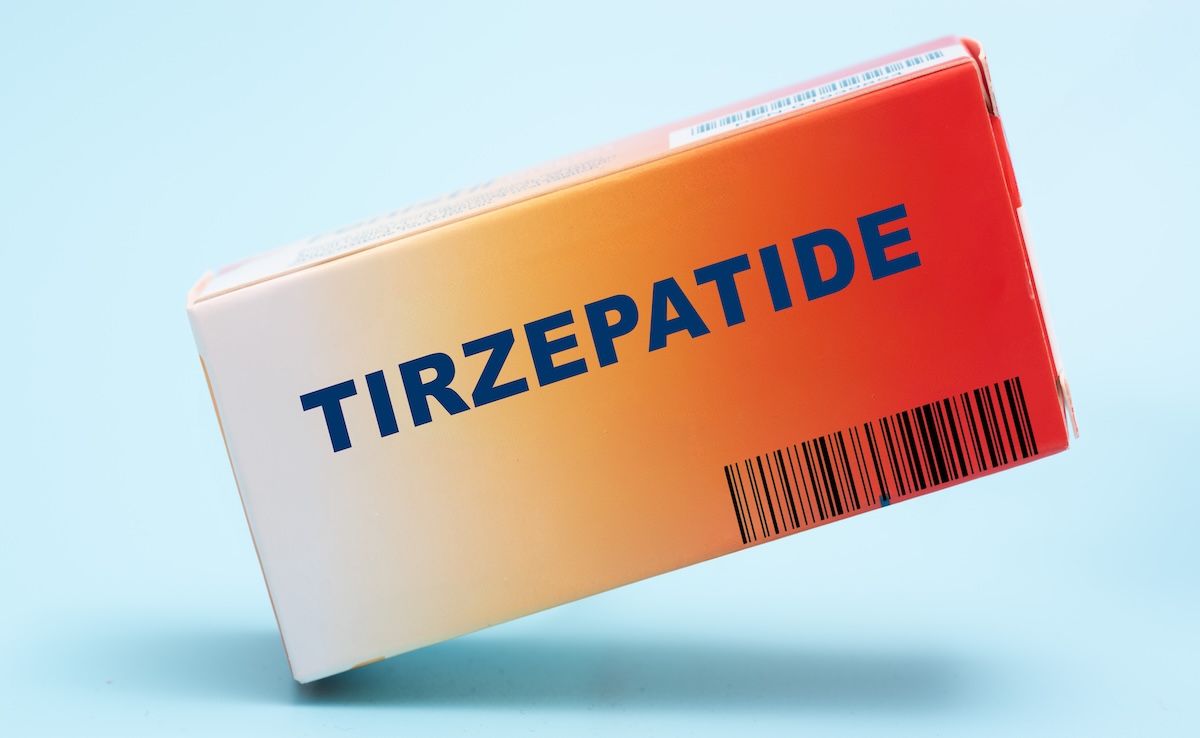Article
SLE Rates Vary Worldwide and Require Further Study, Study Emphasizes
Author(s):
Data suggest incidence and prevalence of systemic lupus erythematosus (SLE) vary widely among regions, although the authors noted some regions have been studied more extensively than others.
A new analysis suggests that about 400,000 people globally receive a systemic lupus erythematosus (SLE) diagnosis each year and that most of these people are women.
However, the study also showed that rates of the autoimmune disease vary widely among regions. The study was published in Annals of Rheumatic Diseases.
SLE can present in a variety of ways and affect a wide range of organs, which makes it difficult to diagnose and study. Wide regional variance in rates of diagnosis, as well as variance associated with environmental and demographic factors, further complicate the process of quantifying the disease’s global burden, noted the study authors. Still, the task of tracking SLE prevalence is an important one, they added.
“A comprehensive understanding of the epidemiology of SLE is urgently needed to help us gain more insights toward understanding the disease and better manage health care resources,” they wrote.
The investigators decided to assess 30 years’ worth of data from 4 scientific databases, and then use a Bayesian hierarchical linear mixed model to develop global-, regional-, and country-specific incidence and prevalence data for SLE. They found 112 studies, and those studies revealed an estimated 400,000 new diagnoses worldwide annually, and an overall global incidence of 5.14 diagnoses per 100,000 person-years.
In line with previous research, the data revealed a stark gender gap. The authors estimated that 340,000 women receive an SLE diagnosis each year and have an incidence of 8.82 cases per 100,000 person-years. In comparison, about 60,000 men are believed to receive the same diagnosis each year, with an incidence of 1.53 cases per 100,000 person-years.
In terms of prevalence, the overall estimated affected population was 3.41 million people, or 43.7 cases per 100,000 persons. Of those cases, 3.04 million are among women and about 360,000 cases are seen among men.
The study investigators found that rates of SLE varied significantly among countries and regions. For instance, the United Arab Emirates had a prevalence estimate of 166.92 cases per 100,000 persons, followed by Barbados, with 163.31 cases per 100,000 persons. In contrast, in Argentina, the estimate was 5.05 cases per 100,000 persons.
Overall, the authors said, adults, women, and people living in high-income countries or regions were more likely to suffer from SLE. The fact that high-income countries had higher rates of SLE might be a result of more comprehensive, higher-quality health care in those countries, the authors said, suggesting that rates of SLE in lower-income countries might be higher than reported.
The investigators noted that the number of available studies varied significantly by region, and thus they said some of the data should be interpreted with caution.
They concluded that these data represent an important starting point for understanding the global burden of SLE.
“By providing estimations of global-, regional-, and country-specific epidemiology rates and affected populations, our results and interpretation provided more insights into the SLE disease paradigm and lay a foundation for population-based studies in the developing world, ultimately contributing to a reduction in the disease burden,” they wrote.
Reference
Tian J, Zhang D, Yao X, Huang Y, Lu Q. Global epidemiology of systemic lupus erythematosus: a comprehensive systematic analysis and modelling study. Ann Rheum Dis. Published online October 14, 2022. doi:10.1136/ard-2022-223035





